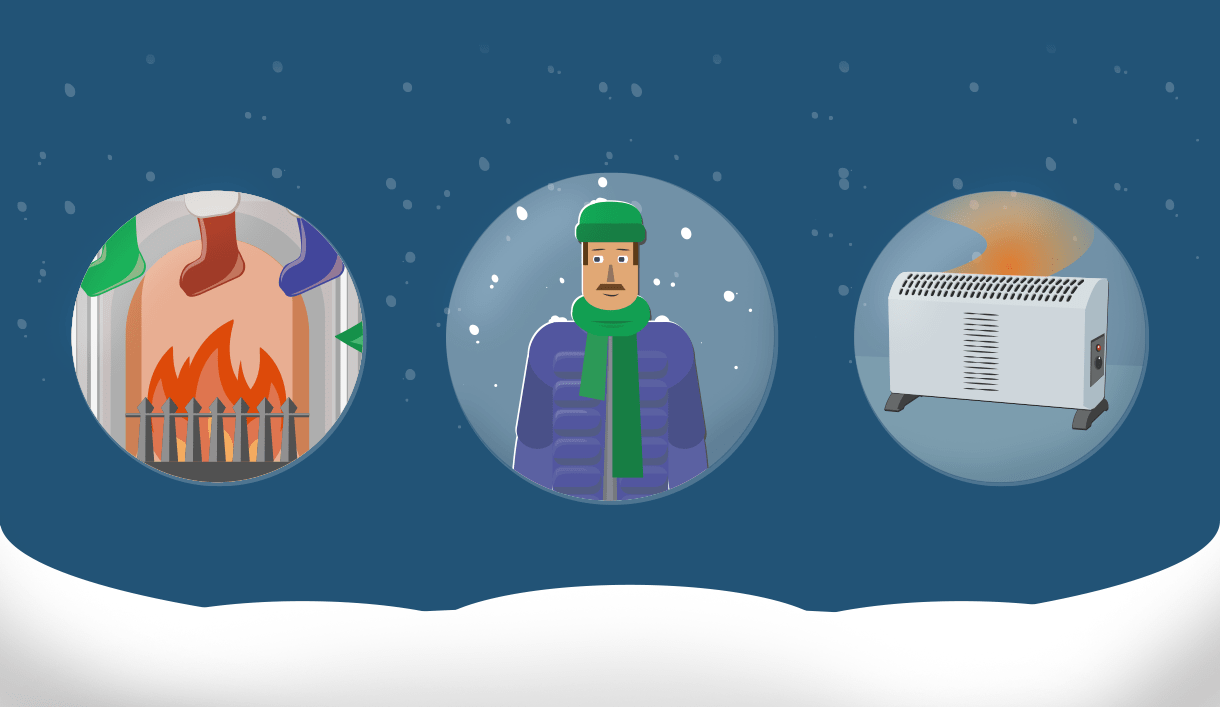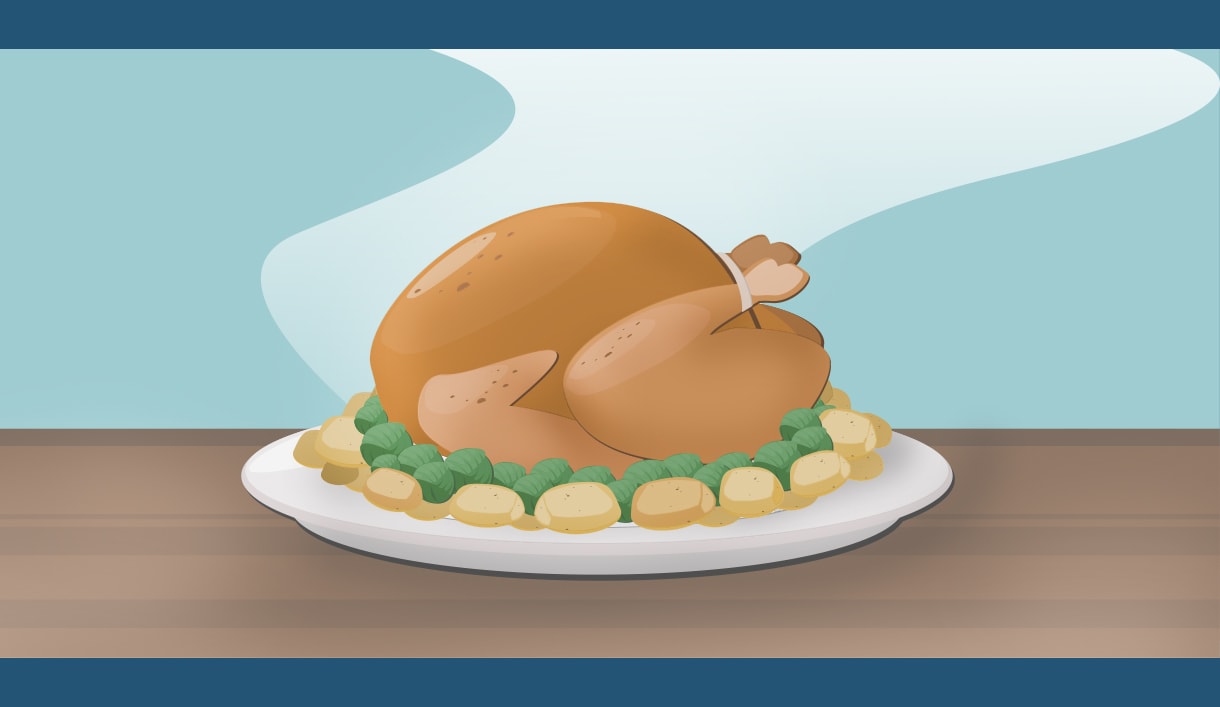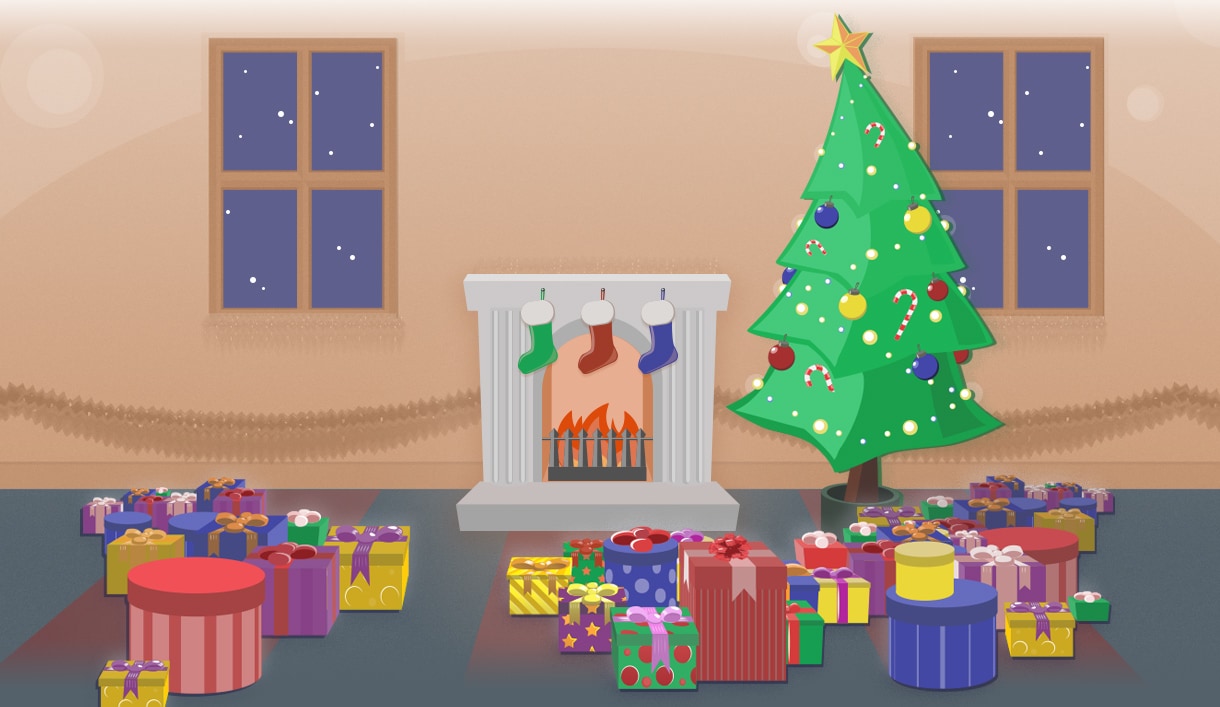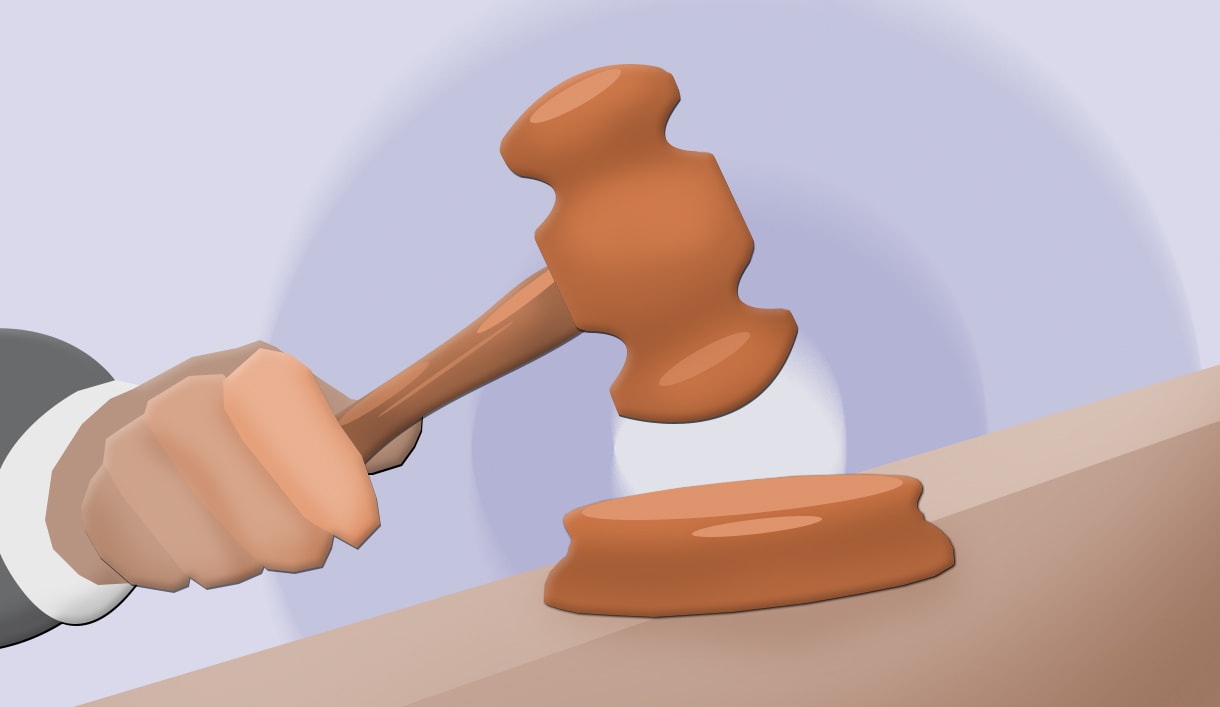SHEilds Christmas Gifts #2 – Staying Warm
Protecting your Health This Winter
Christmas in the UK and much of the world is invariably associated with Winter, formally marking the shift from so-so Autumnal weather to full blown deep freeze. The chances of snowmen may be debatable, but it’s a safe consensus that it’s going to be a chilly one.
Offering advice on staying warm throughout the holidays may provoke eye rolling in some quarters, but it’s this very disregard for the matter that suggests a degree of complacency worth addressing in this week’s seasonal blog.
In lieu of offering you a cosy Christmas jumper or a long scarf, SHEilds’ gift to you this week is tips on cold related health hazards and how to effectively protect you and your family till Spring peaks around the corner in March.
Health Risks from the Cold
There are a plethora of health risks associated with prolonged exposure to the cold ranging from minor colds and flu to potentially provoking strokes, heart attacks and pneumonia. Lower temperatures tend to thicken our blood, increasing its pressure while breathing cold air raises the chances of suffering chest infections.
To put these risks into perspective, the NHS estimates over 25,000 Winter related deaths occur in England each year with many as a result of cold temperatures and contagious diseases which thrive in these conditions. Other factors may increase risks; over 65’s are more prone to complications, existing heart, lung and kidney conditions may be aggravated while lower incomes may result in adequate heating solutions being seemingly unaffordable.
However, before I end up portraying a season of joy and excitement as a miserable collection of health hazards, I would like to change the focus here to straightforward solutions and general safety which should work for everyone in some capacity. With a little care and preparation there’s no reason to fear the Winter cold.
Insulation First, Heating Second
It’s typically recommended that homes should be heated to a consistent temperature of at least 18°C to ensure good health, but in practice this can be difficult to maintain on a limited budget, particularly during the night.
Insulation should be the first thing you seriously consider when heating your home. No matter how efficient a gas or electrical heating system may be, without effective insulation you will likely end up spending far more or entirely failing to raise the temperature adequately. To be clear, this doesn’t exclusively refer to methods such as double glazing and draught proofing; while these can make an enormous impact on your homes energy efficiency (and are steadily becoming the norm in the UK thanks to related legislation) they can be costly to fit and there are other, smaller ways to help retain household heat.
Curtains – preferably thick – should be drawn at dusk while taking care not to block radiators and reduce their effectiveness. Bear in mind that uncovered – particularly single glazed – large windows will quickly suck the heat out of a room in cold weather; using curtains is preferable but if for whatever reason this isn’t possible try to firmly isolate such rooms by firmly closing doors and potentially using draft excluders if there is a large gap beneath. You might also wish to compartmentalise your heating this way, focusing your energy budget on heating your living room during the day and bedroom just before sleeping.
Supplementary Heating Options
If your fixed heating system doesn’t cover the entire house, is particularly slow to heat up or severe weather hits you may be likely to use supplementary electric heaters and similar devices to stay warm. While this is perfectly reasonable, a degree of caution is recommended to avoid replacing a cold hazard with a fire one.
Such devices need to be in good condition and of a legitimate manufacture. Remember that options which are seemingly “too good to be true” on pricing probably are, knock off designs may easily overheat or overload presenting far more danger than they are worth. If in doubt take the device in question to a qualified electrician for inspection.
Even assuming a heater’s legitimacy though, adequate supervision is essential; consider its proximity to curtains and furniture, while drying clothes could quickly result in a blaze should they happen to fall over the device. Never cover vents or the output directly, NEVER leave them running when you leave the house and – unless they have a thermostat or timed control – be sure to unplug them before sleeping.
Hot water bottles present another affordable and largely very safe option to remain warm in bed, providing that the bottle is water tight and has a suitable cover to prevent accidental scalding.
Electric blankets may also be similarly useful but require additional caution. As with heaters make sure they are of safe manufacture, unplug them before going to sleep (unless fitted with a timer or thermostat) and under no circumstances use them with a hot water bottle.
Open fires are another option some of us may consider; if you’re doing this they will need to be properly ventilated, with adequate safety guards and reasonable clearance from flammable items such as furniture and washing. Additionally, you should ensure the fire is completely extinguished before going to bed or leaving your home.
Timing is Everything
Few of us are likely to afford 24/7 heating in our homes so timing its usage considerately is important.
For bedrooms and bathrooms, try setting your heating to come on shortly before rising in the morning and to run for a while during bedtime before turning off. This helps to ensure your home is warm particularly while your changing and bathing/showering, while periodically heating your living room and kitchen during the day helps to maintain a safe temperature.
If particularly cold weather hits and your heating arrangement begins to feel inadequate, rather than turning up the thermostat try shifting your early morning heating times to be earlier and your bedtime ones to run slightly later. This will likely be much more cost efficient and more likely to raise the temperature as desired.
Get Support
As with most budgeting issues you can feel very alone when your struggling to pay bills, and heating is no exception. What’s important to remember if you’re struggling to adequately heat your home is that there may be support options you haven’t considered.
In the UK the Energy Saving Advice Service (ESAS) can be consulted on energy efficiency and how to reduce the cost of fuel bills. Tax free Winter Fuel Payment benefits can also be applied for providing you were born on 5th of May 1953 or earlier, while Cold Weather Payments may also be available during periods of severe cold for pensioners, people with disabilities or JSA claimants.
Regardless of where you live, be sure to research your local support options well ahead of bad weather and check your eligibility.
Taking Care of Yourself and Wrapping Up Warm
Going beyond the external measures we’ve covered, it’s important not forget how our behaviour can also have a considerable effect on Winter Health and should not be taken lightly.
Staying active or exercising in some way is good advice all year round, while in Winter the by-product of this is the additional body heat created along with a host of other health benefits. Try to create a safe exercise scheme or routine that works for you and at an absolute minimum try not to sit still for more than an hour in one go. Diet also plays an important part in our overall health so ensure your meals and drinks are regular and preferably hot.
Finally, wrapping up warm might sound like stereotypically motherly advice but its prevalence among families is indicative of just how important it is.
Be particularly cautious of misjudging outdoor conditions based upon your home’s temperature or a short break in bad weather. Prepare for the worst, particularly if you’re likely to make a lengthy commute. Even if weather doesn’t initially justify multiple layers keep an extra jumper with you and try to avoid leaving your hands, neck and ears exposed.
Remember; you can always take garments off if you get too hot, but if you fail to bring them altogether during a cold snap you may end up suffering prolonged and dangerous exposure to the elements.
Keep your Chin Up
Mental health is probably the last issue people consider in connection with Winter cold, but regardless, it seems a good point to conclude on here.
Contrary to the cheerful festive spirit of the season, becoming depressed and generally being down is a fairly common side effect of exposure to the cold which may not be immediately life threatening but can lead into a disregard for personal care which is. Keeping in mind that you are not alone in this feeling and staying active in some way can help keep this at bay.
It’s also all the more reason to stay as warm as possible initially to avoid this slippery slope. Stay positive and always remember to take care of yourself and immediate family; Christmas is just around the corner now and Spring is never as far off as we might think!
Stay cosy folks.
Owen Roach









Leave a Reply
Want to join the discussion?Feel free to contribute!